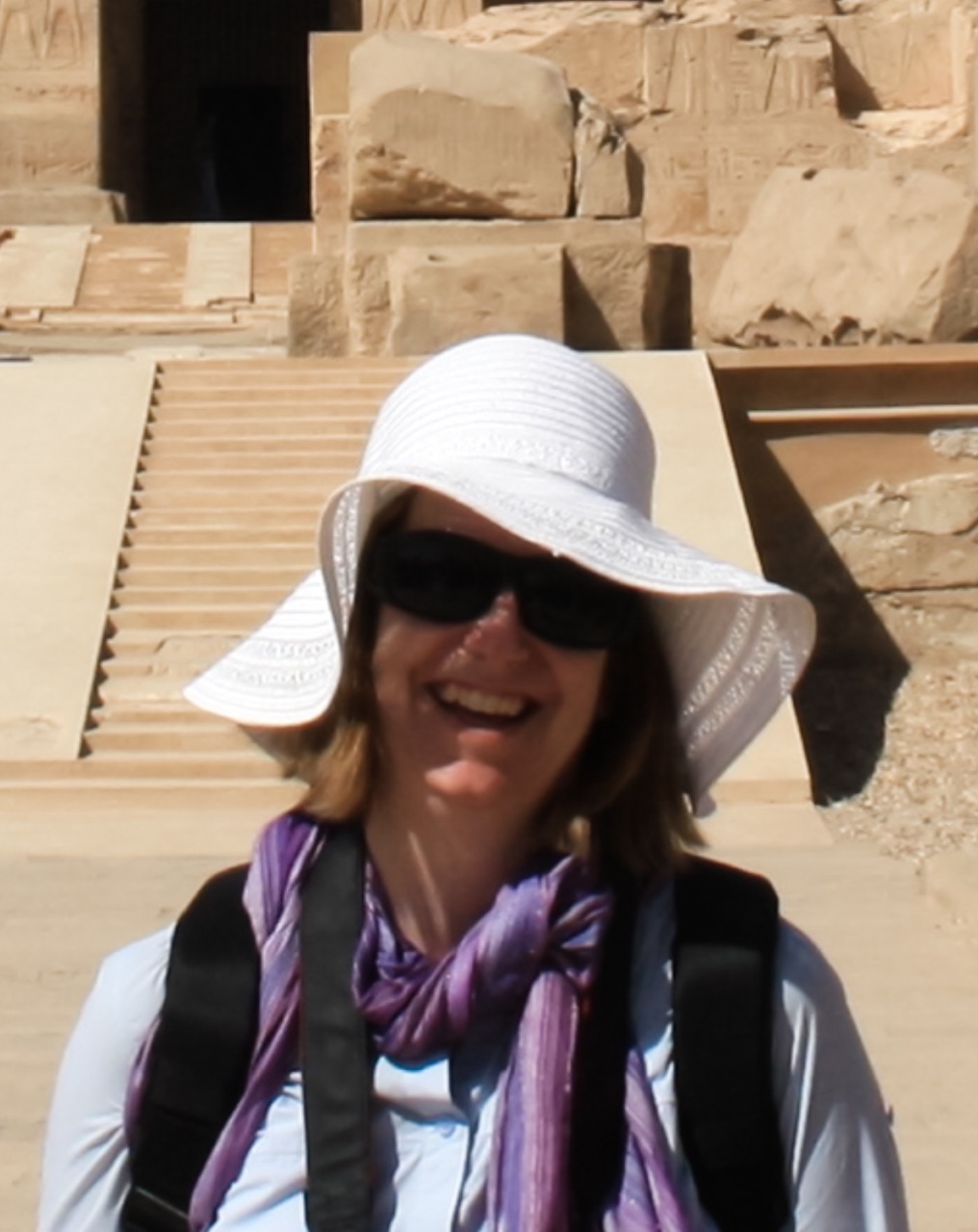Affiliation: McMaster University

Sarah L. Symons is Associate Professor in the School of Interdisciplinary Science at McMaster University. She received her Ph.D. in the History of Astronomy and her B.Sc. in Mathematics and Astronomy from the University of Leicester. Her areas of specialization include ancient Egyptian astronomy: observational methods, timekeeping, astronomical diagrams, astronomical texts, and instruments. Since 2012 she has been Director of the McMaster Ancient Egyptian Astronomical Tables Project, a series of archaeological study missions to Egypt and elsewhere collating astronomical instruments, texts, and tables in museum collections and image archives. Her publications include Down to the Hour: Short Time in the Ancient Mediterranean and Near East (ed. with K.J. Miller, 2019). Professor Symons is the AIA Webster Lecturer for 2021/2022
In Egypt around 2000 BCE, some rectangular wooden coffins commissioned by wealthy residents of Middle Egypt began to include a new type of decoration. The underside of the lid contained an ordered series of star names, arranged by date throughout the year, depicting a complete explanation of the movement of key stars throughout the night sky. These tables collectively form a very early body of astronomical literature, apparently based on a detailed understanding of the daily and annual motion of stars. We trace the discovery and description of the coffins and interpret their meaning and use within the context of Egyptian funerary practices and beliefs.
Short bibliography and/or website on lecture topic:
Ancient Egypt has left behind a rich material culture which includes instruments and instructions for timekeeping. Three distinct types of sundial and one type of water clock are first seen in Egypt. Remarkably, an instruction manual for making a sundial and a description of the invention of a new type of water clock have also been found, showing us a tantalizing glimpse of a body of ‘scientific’ literature around 1400 BCE that has now mostly been lost. We will also see how the discoveries of Egyptian sundials and water clocks over the last two centuries have changed our understanding of timekeeping in the ancient world.
Short bibliography and/or website on lecture topic:
https://aea.physics.mcmaster.ca/
Miller, K.J. and Symons, S.L. eds., 2019. Down to the Hour: Short Time in the Ancient Mediterranean. Time, Astronomy, and Calendars. [online] Leiden: Brill. Available at: <https://doi.org/10.1163/9789004416291>.
Astronomical imagery used as ceiling decoration is a common theme in ancient Egyptian tombs and temples, with some of the most famous monuments in the country displaying ancient “star skies”. Here, we will consider the different ways of depicting stars, constellations, and planets that have been found in these ceilings. We also trace the tradition of detailed star-map ceilings as far back as we currently can, showing how recently-identified papyrus fragments and pieces of coffins discarded after a 1922 excavation have combined to pinpoint the necropolis of Asyut at around 2000 BCE as a center for astronomical materials in the visual arts.
Short bibliography and/or website on lecture topic:
Ancient Egypt is often credited with the invention of the 24-hour day. We examine the evidence for this assertion, via the objects, texts, and structures which inform our understanding of the relationship between ‘short time’ and religious practices in pre-Hellenistic Egyptian culture. Two sites are of particular interest, the Osireion at Abydos (c. 1300 BCE) and a group of three tombs in the Valley of the Kings (c. 1100 BCE), as they contain surviving examples of texts and practices related to timekeeping at the height of the Egyptian New Kingdom.
Short bibliography and/or website on lecture topic:
https://aea.physics.mcmaster.ca/
Miller, K.J. and Symons, S.L. eds., 2019. Down to the Hour: Short Time in the Ancient Mediterranean. Time, Astronomy, and Calendars. [online] Leiden: Brill. Available at: <https://doi.org/10.1163/9789004416291>.